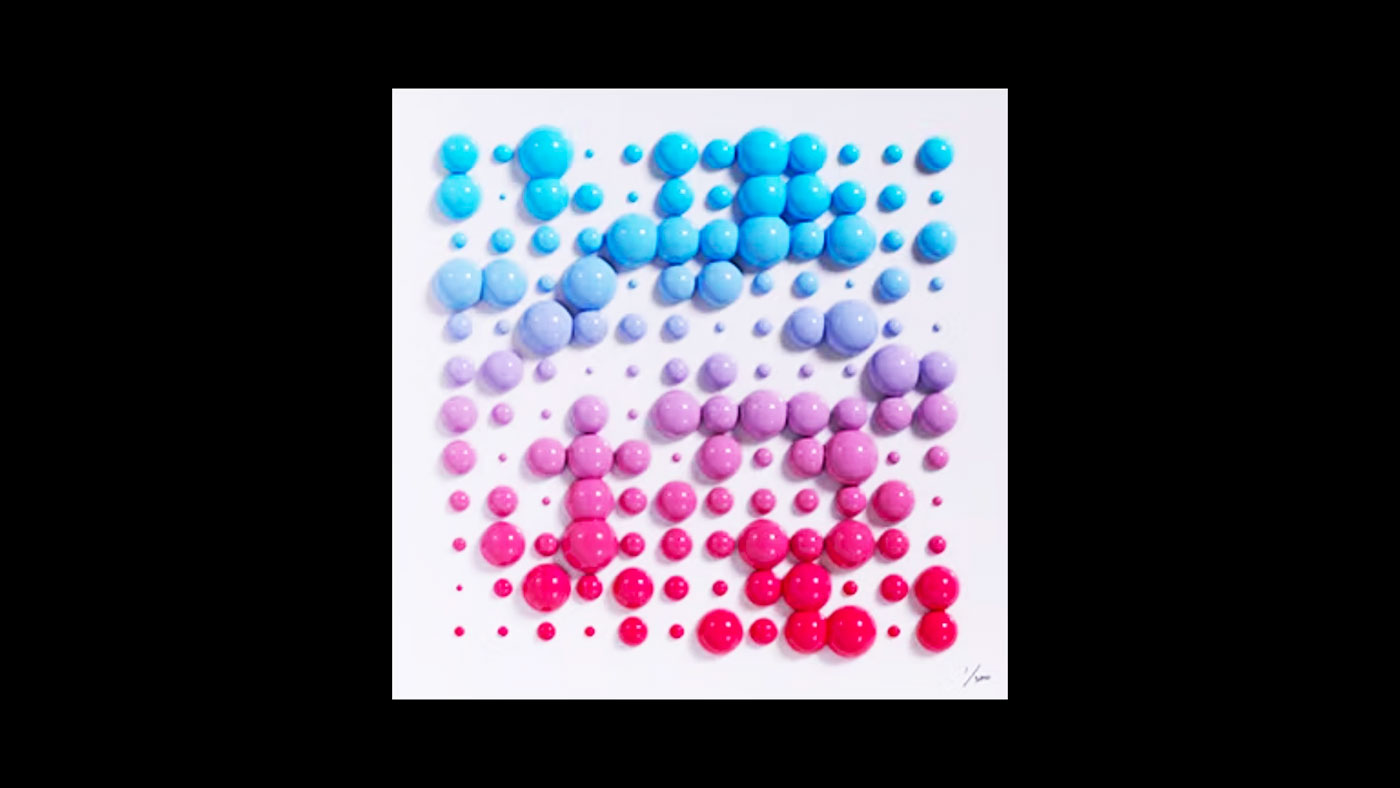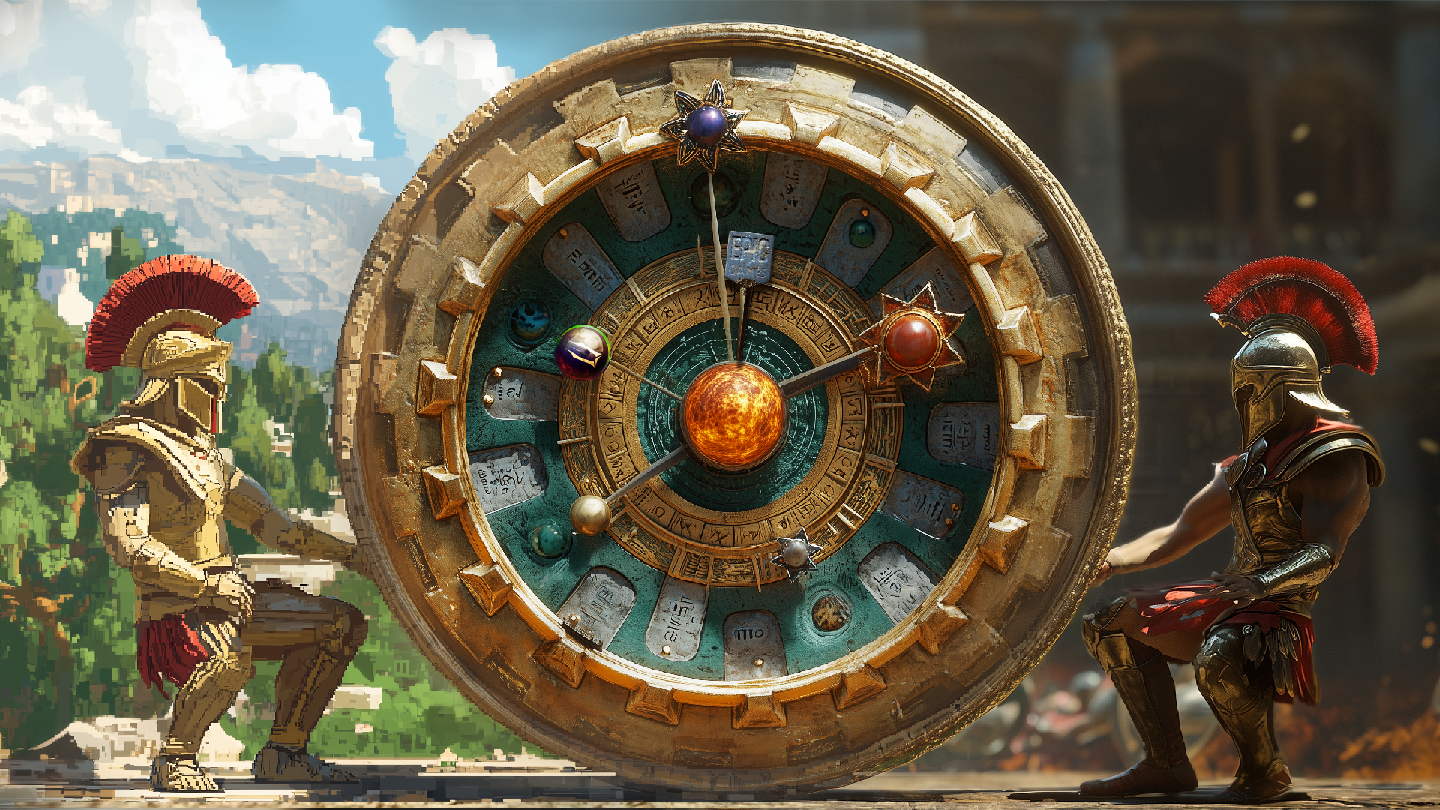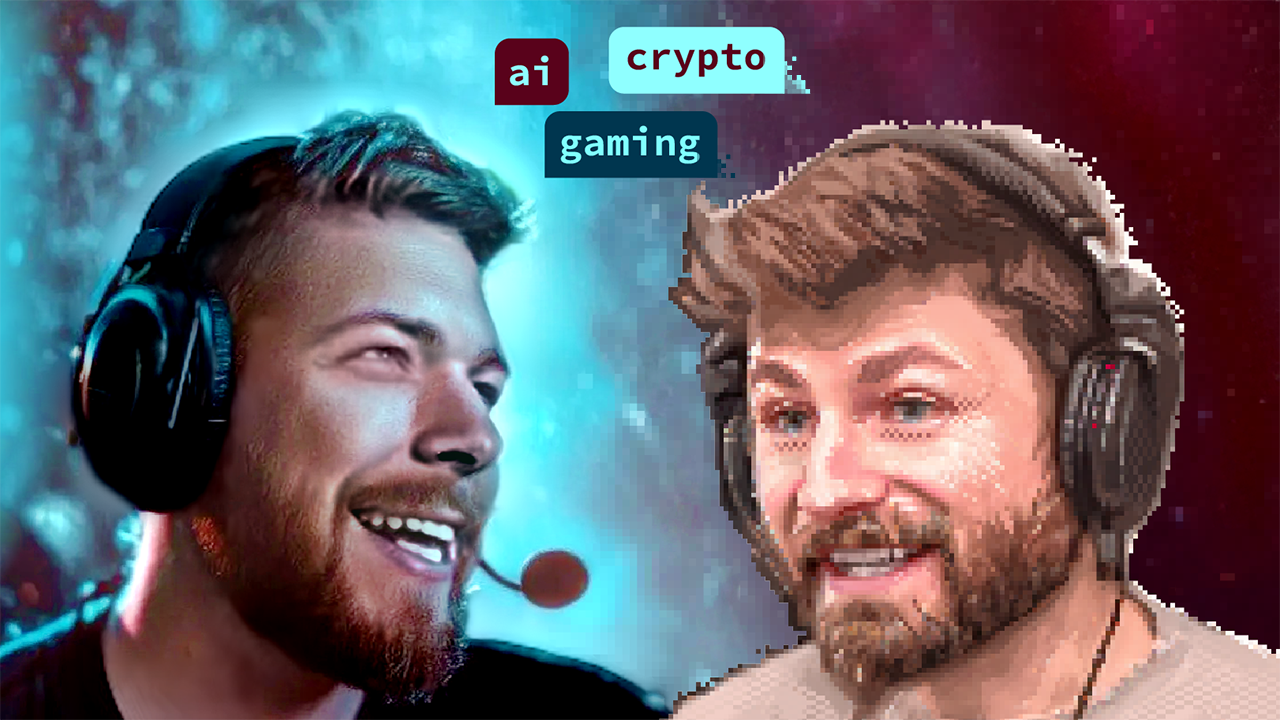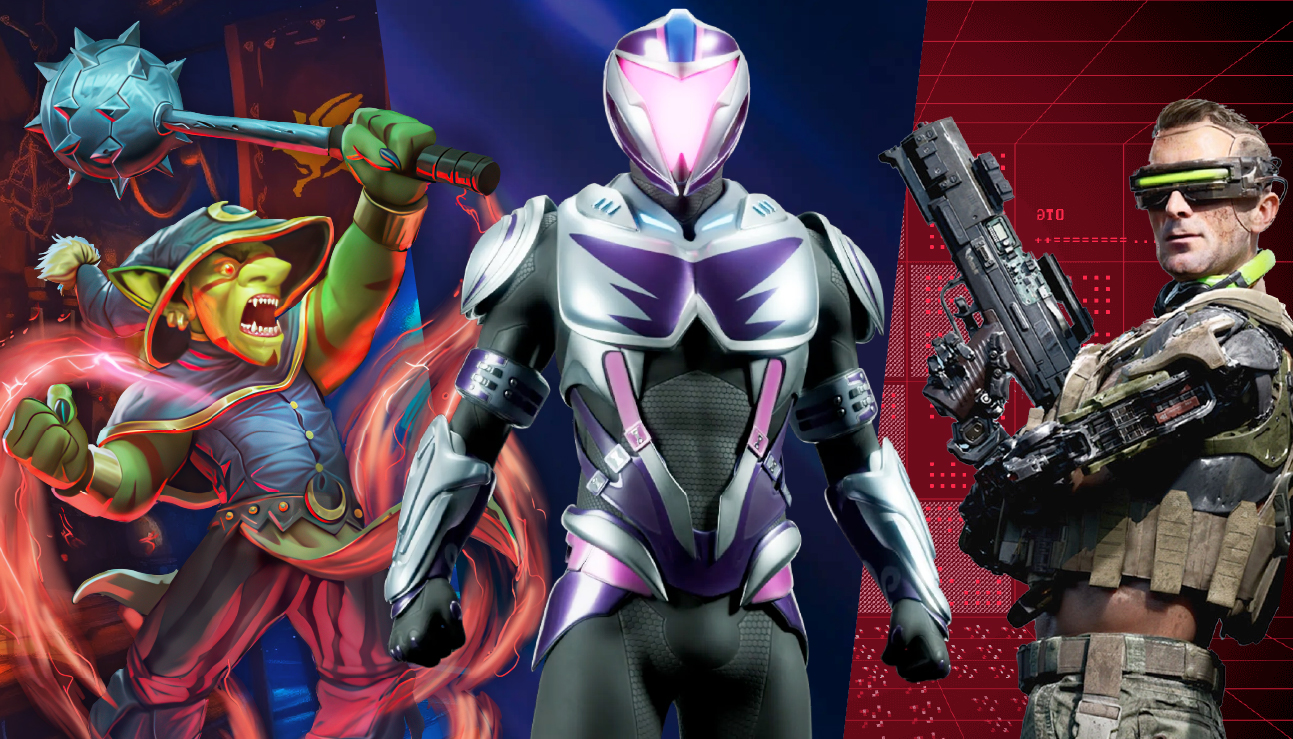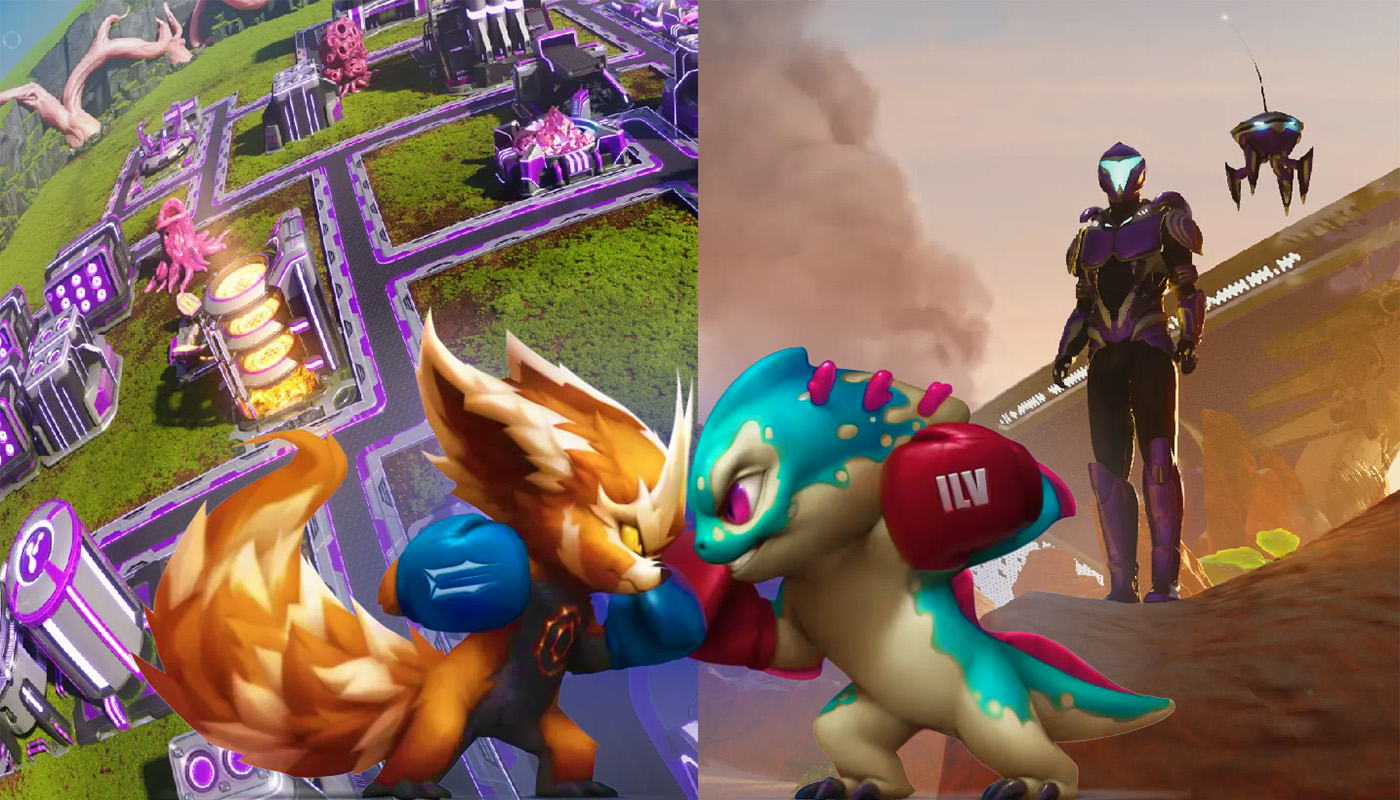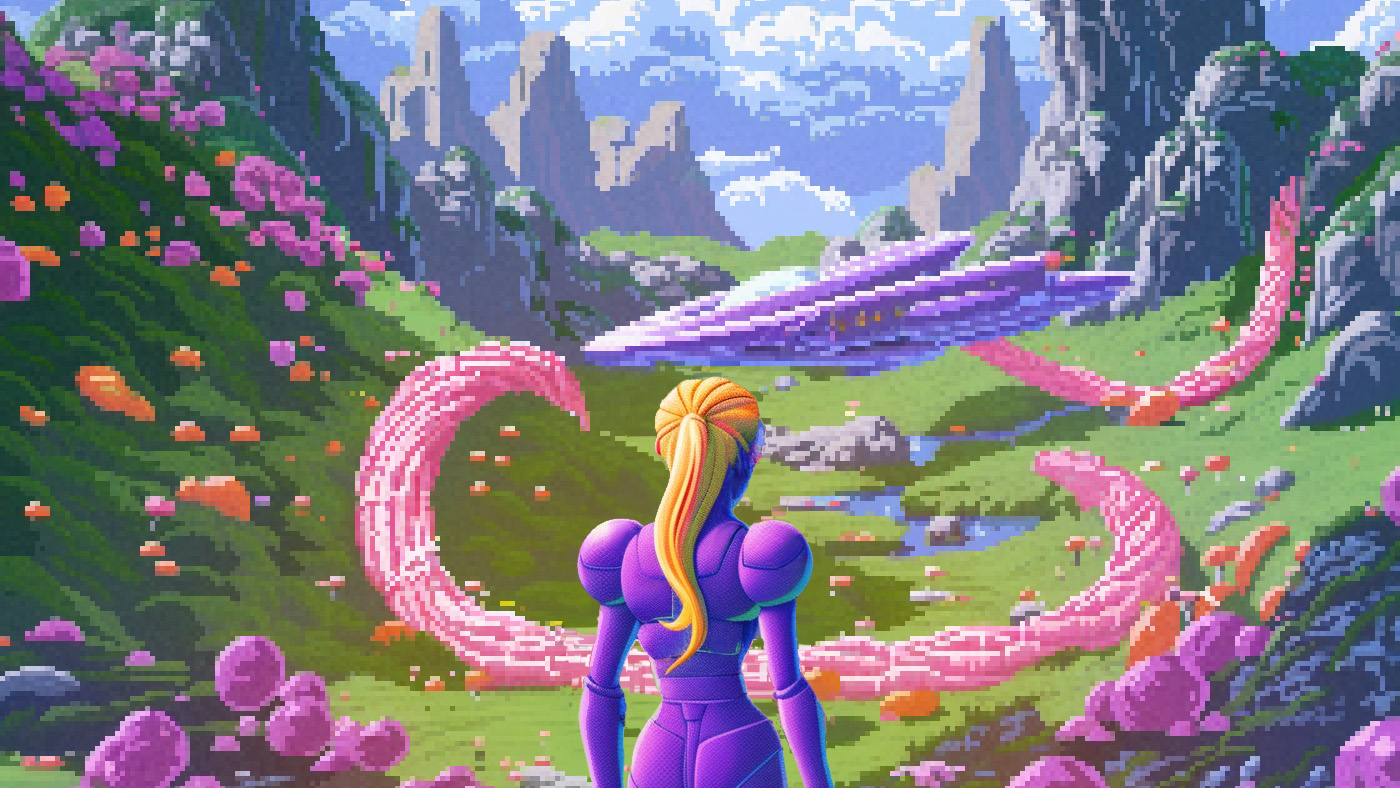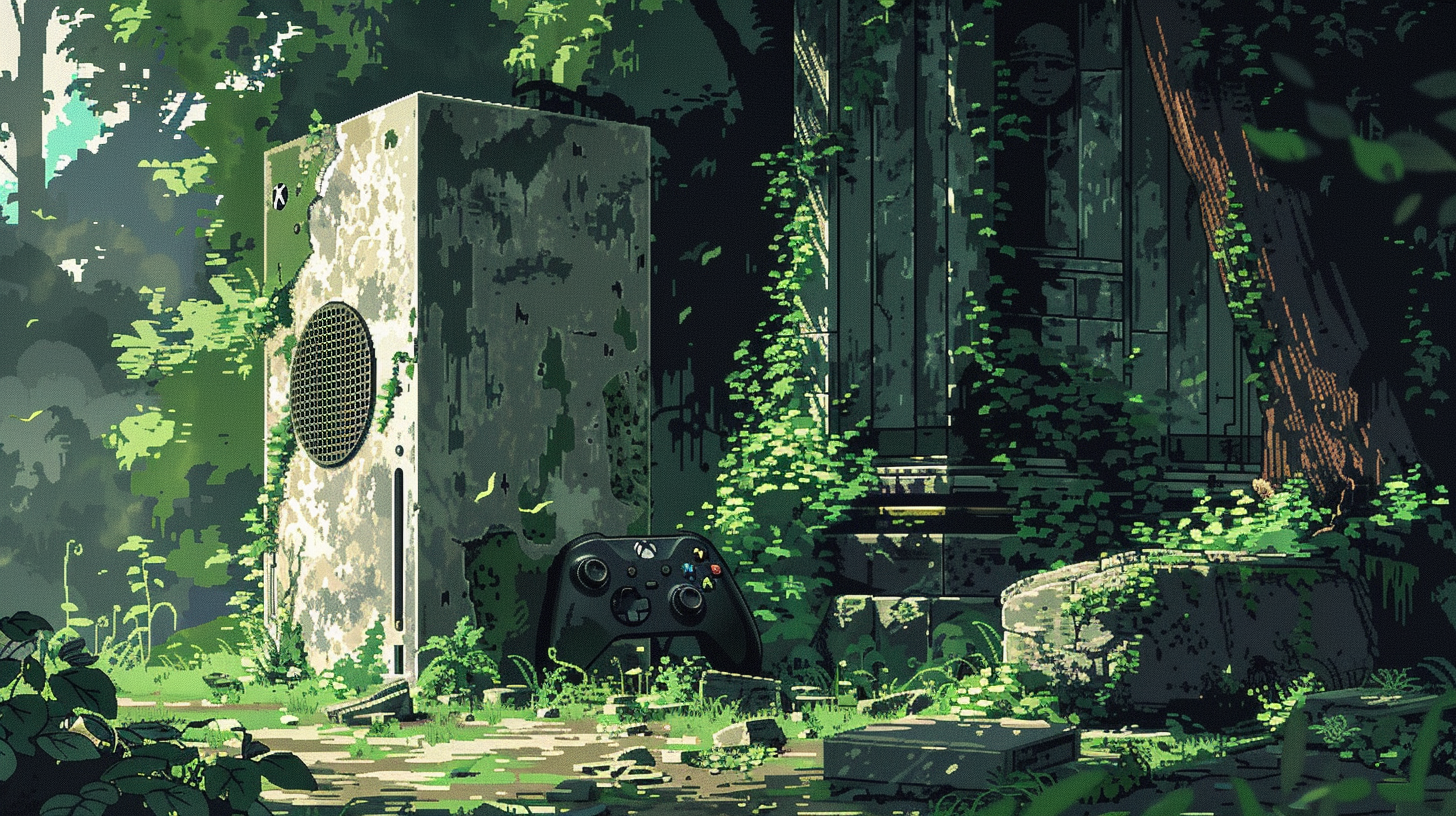Yuga Labs, creator of the Bored Ape NFT phenomenon, has sold over $16m of NFT art in an extraordinary auction where bidders hadn’t seen the artworks and were required to hand over the money beforehand.
The Twelvefold auction sold 288 artworks similar to the picture at the top of this page, inscribed as NFTs (unique digital assets) on the Bitcoin network. Using Bitcoin as an NFT vehicle is unusual and only possible because of the development of Ordinals, a software technology that allows up to 4MB of data to be attached to a Bitcoin fragment. More on this below.
Yuga innovated beyond using Ordinals by auctioning 300 artworks that hadn’t yet been created. Instead, potential bidders knew only that the art would follow a 12 by 12 grid template, and would be generated in numbered sequence.
Their place in the bidding ranking would determine what number artwork they won at auction. This is analogous to a traditional artist auctioning limited edition prints of an as-yet-unmade etching.
In a further twist, bidders had to transfer their bids, in Bitcoin, to Yuga Labs’ custody before they learned whether they had been successful. Yuga then returned the unsuccessful bids after the 24-hour auction window closed.
This requirement irked some bidders, who said it was a bad precedent in an industry rife with scams.
The auction, which ran late Sunday-Monday UTC, attracted more than 3000 bids, with the art pieces sold from between $50k to $160k each. Twelve of the total 300 artworks to be generated were held back by Yuga.
NFTs on Bitcoin
Historically most NFTs, including Yuga’s famous Bored Ape Yacht Club series, have existed on the Ethereum blockchain as smart contracts. Interestingly, NFTs created in this way contain only the address of an externally hosted data file rather than the file itself. This means the data can be deleted or changed independent of the ownership of the NFT. Your incredibly expensive bored ape could be switched out for a random cat jpg.
The way Ordinals interact with the Bitcoin blockchain is different. Blockchain developer Casey Rodarmor built a system that numbers the low-level fragments of Bitcoin known as Satoshis, and then links them to data files that are actually encoded in the blockchain. Not only does this allow NFTs to be hosted on Bitcoin, which had not been possible without Ordinals, it does so without the drawback of having a separately hosted data file.
Enjoy our reporting? Sign up for the Pharos newsletter and receive an update every week for free.

